Strong(er) Moonlight
POST-PUNK CLASSIC GETS 45TH ANNIVERSARY AAA REISSUE
Where, in 1980, was there room for The Soft Boys? The U.S. charts were distended with the dregs of Disco while England was being detained by the onset of synthpop. No one particularly wanted to know about a band of Cambridge smarties who wrote songs that sounded as if they’d be drawn from a tincture of Yves Tanguy.
Still, they had their admirers. And when Robyn Hitchcock leant starboard towards a solo career, most of them disembarked with him. That left two albums and an assortment of extras to be discovered by students and anyone who liked to rattle around in the dim recesses of psychedelia. 45 years on, Hitchcock and his former band have acquired quite a respectable number of groovy cyprids, and a well-attended reunion in the oughties brought a fresh cluster of ears.
And now, just as Venus enters Leo, we ‘re faced with a lush reissue of The Soft Boy’s initial swansong – the album that most heads will cite when running down the band’s existence. In its original expression Underwater Moonlight was only 10 songs deep and less than 40 minutes long. And while this new pressing offers no attendant tracks, the latest version from Robyn’s own Tiny Ghost label is delivered with creamy Nashville mastering and a deluxe package that includes an elegant OBI strip and a 20-page booklet sporting all the particulars.
If a first timer were to take a scalpel to Underwater Moonlight, what they’d find inside its dappled husk is a collection of cross guitars, tight Post-Punk rhythms and lyrics that are as canny as they are phantastic. At times there are appearances from tasteful violins and dangerously outmoded sitars. But inside the sphere of the record, the geometry all works. “I Want To Destroy You” welcomes you in with a two minute and fifty-three second parcel of derision, while “I Got The Hots” paints its lust with a muscular hook. There are Power Pop moments embroidered into songs like “Tonight” and “Positive Vibrations,” while “The Queen of Eyes” stands up as one of the first of Hitchcock’s durable classics. Then there’s “You’ll Have To Go Sideways,” which features guitarist Kimberley Rew’s experiment with the studio Minimoog synth over a recurring riff that refuses to touch down.
The 2025 edition of “Underwater Moonlight” was sourced from the original masters after Hitchcock and Nashville-based mastering engineer John Baldwin spent a fair amount of time ensuring they had all the right material. The tapes were apparently in stellar condition and Baldwin made notes about what approach he might take for the project after dubbing off a digital copy. Working inside the historic RCA Studio A, he employed a fairly short signal path that mostly involved making a few EQ tweaks. The all-analog cut was done from a preview head modded Ampext AT-104 tape to a “heavily modified” 1956 Neumann AM32B lathe used in conjunction with a VMS-80 cutting computer. Multiple lacquers were then produced and shipped to a number of pressing plants before the decision was made to use Paramount Pressing & Plating in Denver, Colorado.
The resulting 140-gram disc is considerably more velvety than the other four copies we assembled (*) as comparisons. That characteristic seems to be most evident in rich thud of drummer Morris Windsor’s kick and the nicely defined bass wallop of the late Matthew Seligman. Up alongside the original UK edition, the earlier pressing sounds a touch hotter yet brittle towards the top end. By contrast the original Canadian pressing we spun (which features a slightly different track listing…) sounds wooly. Following along in second, however, might be the expanded, three LP Underwater Moonlight…And How It Got There set, which is quickly pricing itself out of the exosphere despite its sonic shortcomings.
According to the Hitchcock essay contained within, producer/engineer Pat Collier embraced everything that was this version of The Soft Boys including all the things that “helped estrange us from UK music fashionistas at the time.” Whether hipsters or the general Rock audiences of the Reagan/Thatcher era couldn’t see it at the time is immaterial. It’s pretty clear that the band were a sort of flyover – an overlooked conduit that managed to avoid the spit pooling around the mic stands of the Punk zenith, while ultimately leading to the indie and neo-psych eras that followed.
(*) Special thanks to Todd Ploharski of Low Yo Yo Stuff Records for the help sourcing previous pressings
///
Interview with Robyn Hitchcock
Tracking Angle: Do you think being a band from Cambridge gave The Soft Boys more freedom to develop organically?
Robyn Hitchcock: There were bands in Cambridge. There probably still are. But the eyes of the world were not really on Cambridge. Certainly (not) the eyes of the music world. And yeah, it was often said even back then ‘Oh, you know, you’re better (off) gestating out of London so you can get your act together before the people that matter see you. So you’re first gig isn’t seen by A&R people or influential journalists.’ I don’t know if that applies now, but it probably applied then. Yeah, we were decently obscure for a while.
TA: I got the impression that the band worked very quickly in the studio. Was that the case?
RH: We knew how the songs went and we just played them. That said, we didn’t really adjust to the recording process. What we thought was ‘Here’s the song, here’s the arrangement, now we’ll record it. Whereas perhaps if we'd wanted to reach more people or sell more records, we'd have taken the song into a producer and said, ‘Okay, now arrange it. How do you think this should go? Should we put the chorus at the top? Should we lose a verse? Should we have a drum break?" We didn't think of that as a possibility, but I would imagine that, you know, back then a lot of new bands who'd only been going for six months or a year…were making records because of the whole New Wave, Punk fever. So I think there had been a lot of performers, acts, artists, groups, bands…whatever you want to call us, who just came in with their songs and went, "Well, here it is. Let's record it."
TA: I thought it was interesting that “You’ll Have To Go Sideways” featured a synthesizer, which is a rare thing when it comes to your music.
RH: ‘Sideways’ was simply a riff that I made up and Kimberly (Rew) and I and Morris played it. We were actually between bass players. I think Andy (Metcalfe) had gone and Matthew hadn't arrived. So we did a session one evening with just the three of us and Kim had a sort of brainwave and put this bass part and synthesizer part underneath this spiraling riff which made the whole thing appear to go upwards. And it was a brilliant idea. We never did anything like that again really.
TA: I hadn’t realized until recently that on the Canadian and the German versions of Underwater Moonlight, you included “Vegetable Man”, but not on the UK original. Was there a reason for that?
RH: I wanted the album to be all self-composed. So, "Vegetable Man" and another song called "Strange" were on the b-side of the “Near The Soft Boys” EP, but they weren't on Underwater Moonlight. We kept a lot of things off Underwater Moonlight, which I think was a really good move.




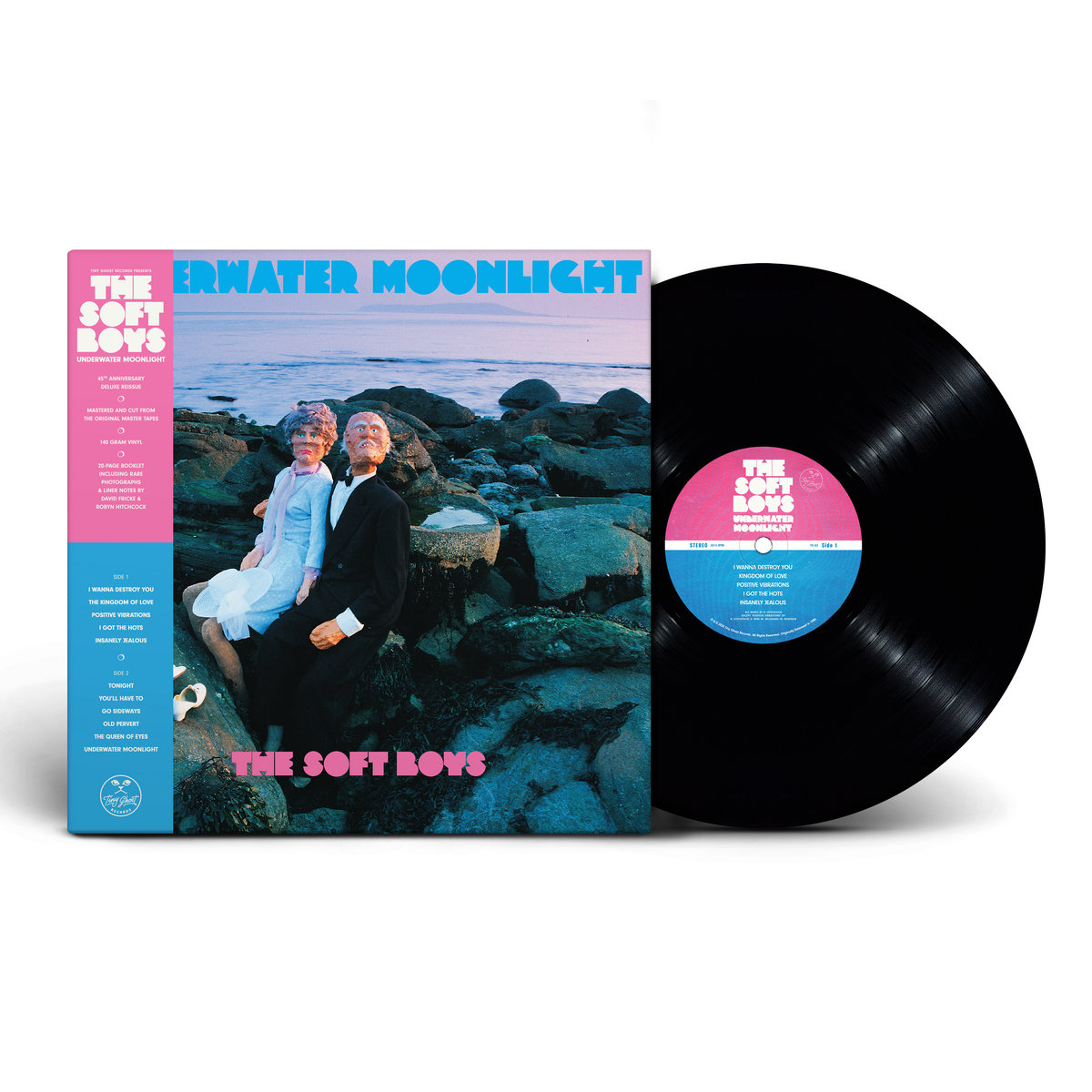







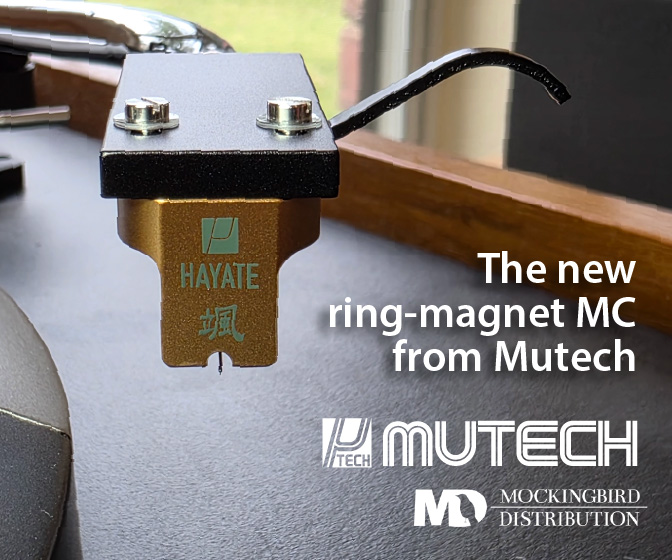
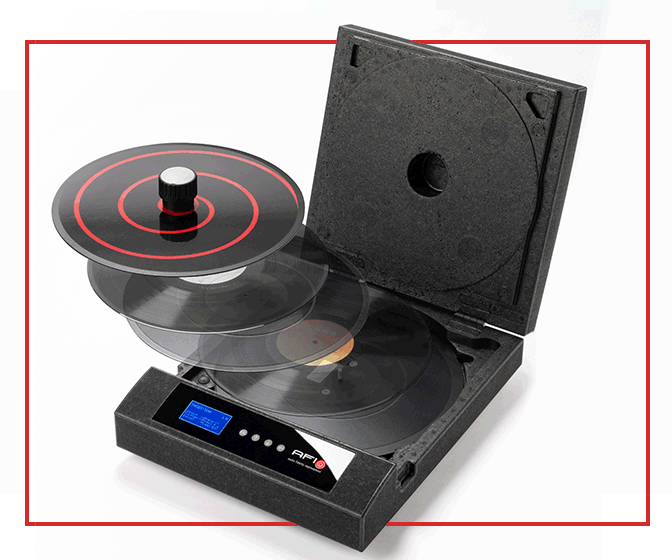






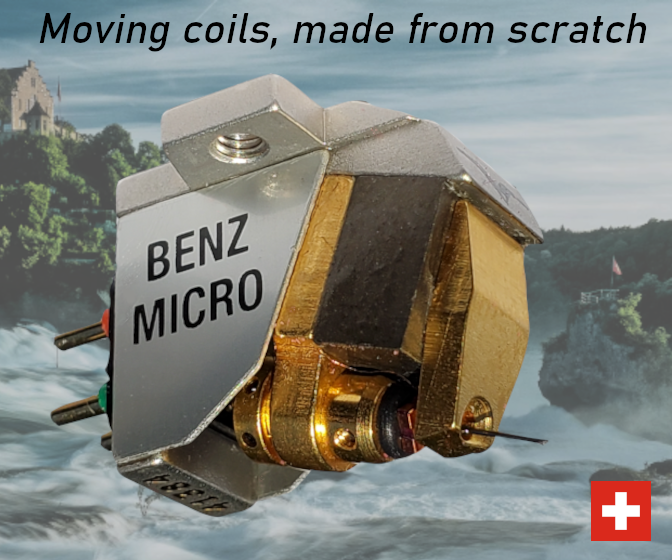

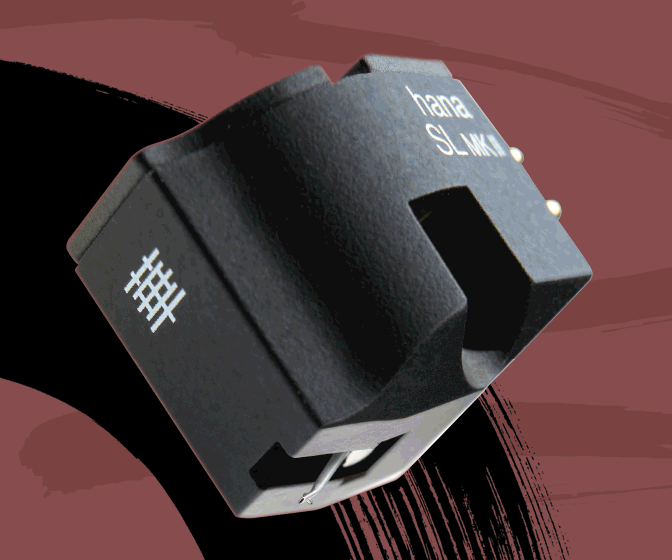


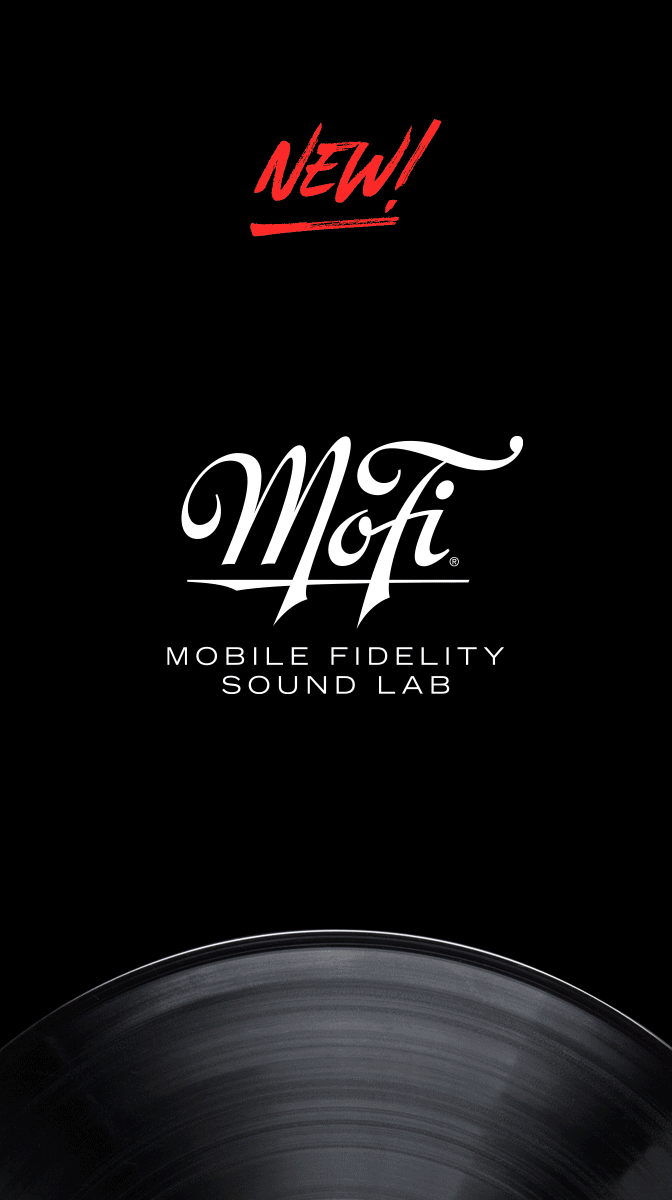





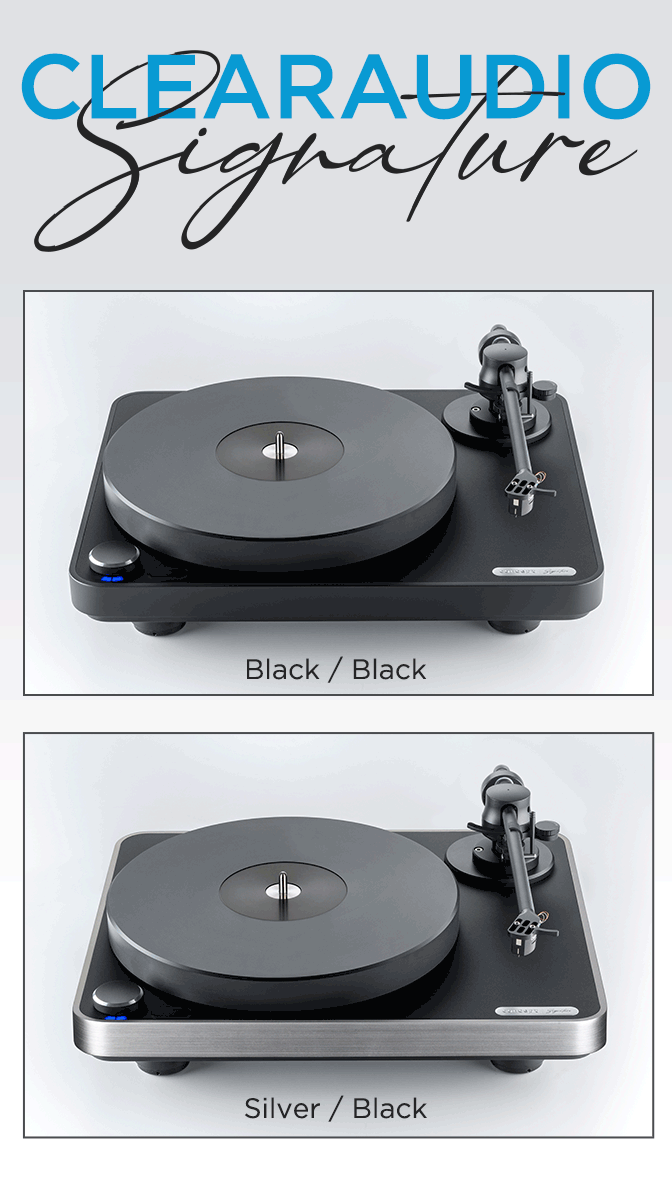



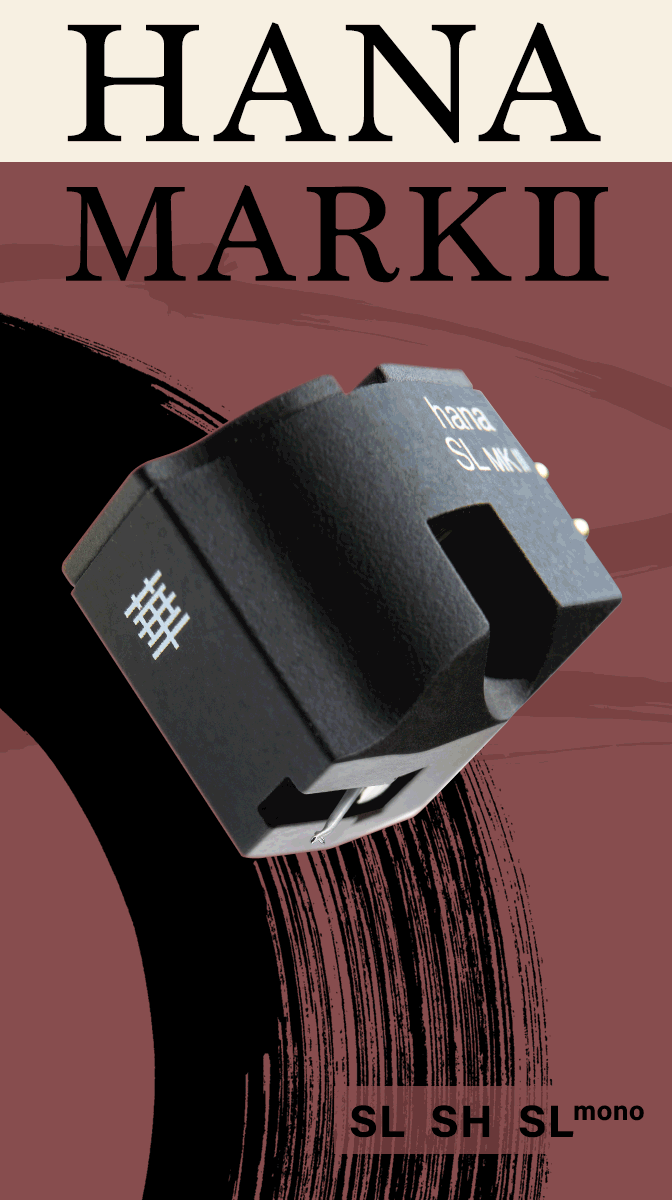


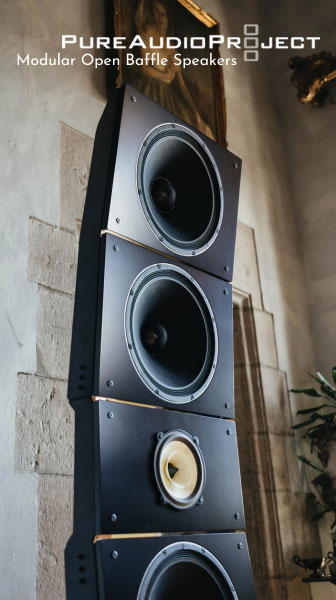






.png)








